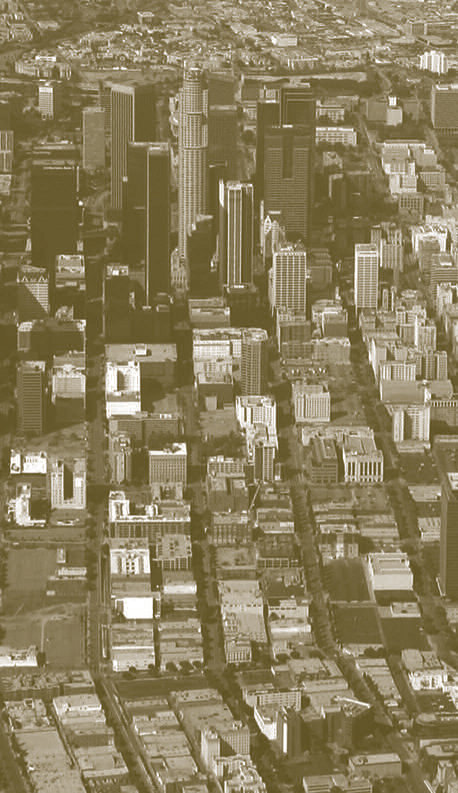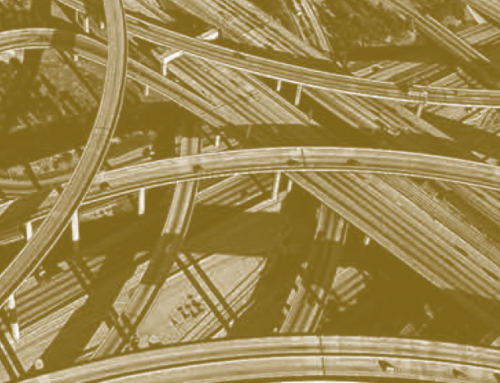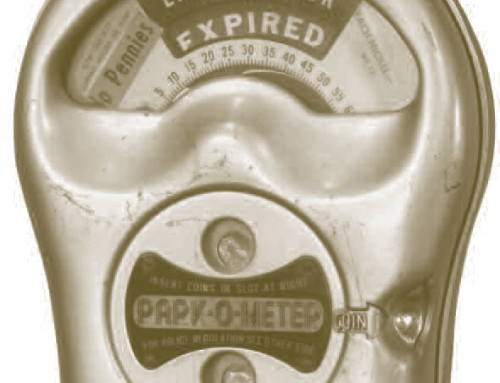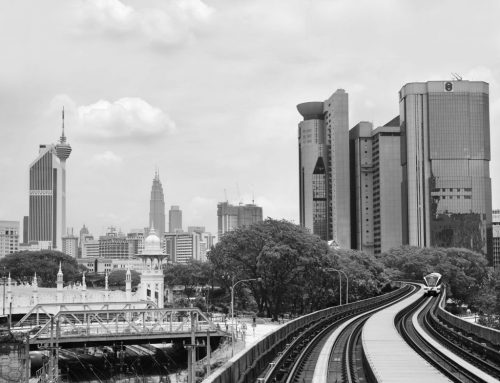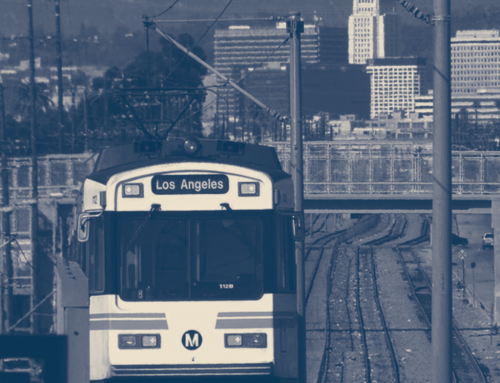The ancient Greeks believed that the recently deceased journeyed to the land of the dead not by floating toward a bright light, but by public transportation. A boat driver named Charon carried souls across the river Styx on an express ferry to Hades. The dead who didn’t have exact change were forced to wander for thousands of years, looking for a deli where they could break a drachma.
To the ancient Greeks public transportation signified death, and it still does for some people today. Those who avoid public transit complain about the lack of convenience, comfort, and personal space. Even people who own a vehicle but still ride the bus say they do so to save money, to reduce their carbon footprint, or because they can’t find their car keys. Few people talk about actually enjoying it.
A few years ago, I joined a motivational group that set monthly goals for self-improvement. Because we pursued each goal for only a month, we became fully immersed in the endeavor without being intimidated by a long-term commitment. Then, after the month was over, we hoped the goal would become a habit. One of my first goals was to practice more of what I preached with respect to environmental friendliness. So for one month I left the car at home and rode public transit.
The beginning was frustrating. I used to eat in my car as I drove to work, but passengers aren’t allowed to eat on the bus. Instead of a door-to-door commute, I now had to plan more, walk more, and allocate more time to get to and from bus stops. Sometimes the bus would arrive so late that two would show up simultaneously; other times, the bus would be so crowded that there was barely enough room to stand. It was a challenging beginning that tempted me to quit. But after a few weeks, I began to see the hidden benefits.
Most important, our solo car culture produces more than traffic—it also isolates us.
Because I couldn’t eat on the bus, I had to eat before I left for work, which forced me to slow down and enjoy the moment. In walking to and from bus stops, I expanded my circle of comfort and began to walk to more places each day, increasing my overall level of health. Most important, our solo car culture produces more than traffic—it also isolates us. On the bus, I met new people and heard interesting stories; I shared in laughing at the ridiculous things we all saw along the way; and I made some people’s day by giving them my seat. On the bus, life happens.
Much like my adventures on public transit, I hope this edition of ACCESS brings you pleasant surprises and a new perspective.
![]() In this issue, Alan Altshuler discusses High Occupancy Toll (HOT) lanes and the unique nature of equity debates in US surface transportation policy.
In this issue, Alan Altshuler discusses High Occupancy Toll (HOT) lanes and the unique nature of equity debates in US surface transportation policy.
Michael Manville and Jonathan Williams investigate how disabled placard abuse increases traffic congestion and reduces public revenue.
Erick Guerra and Robert Cervero test whether a half-mile circle is the right scale for examining Transit-Oriented Development, or just an outdated rule of thumb.
Exploring the idea of TODs further, Anastasia Loukaitou-Sideris looks into the ambitions, influences, restrictions, and challenges of developing land next to transit stations.
Juan Matute covers the cross-boundary challenges in greenhouse gas management, and how local efforts might change the way Californians live and travel.
And finally, Donald Shoup shows how overnight parking permits might strengthen the argument for removing minimum parking requirements.
May you find a nice bus, rail, or ferry route on which to enjoy this issue.
John A. Mathews
Managing Editor

